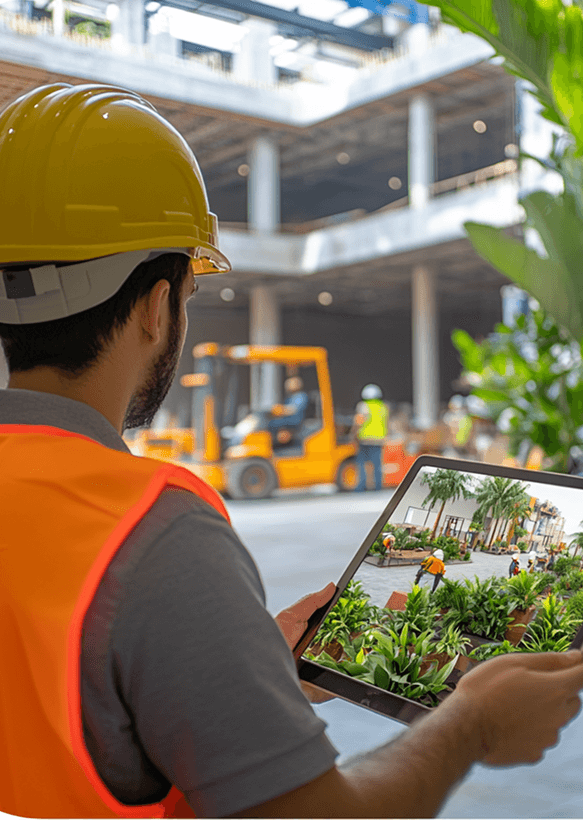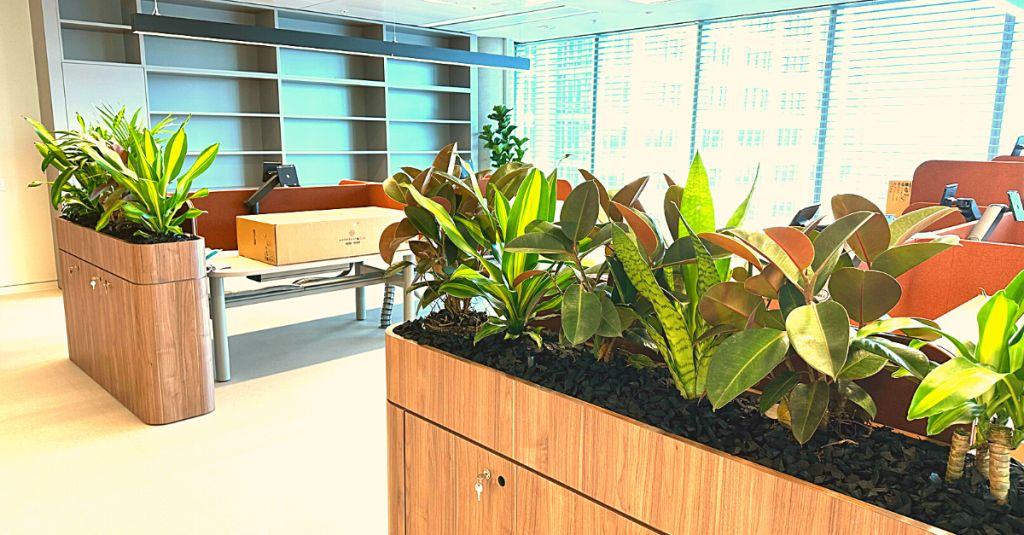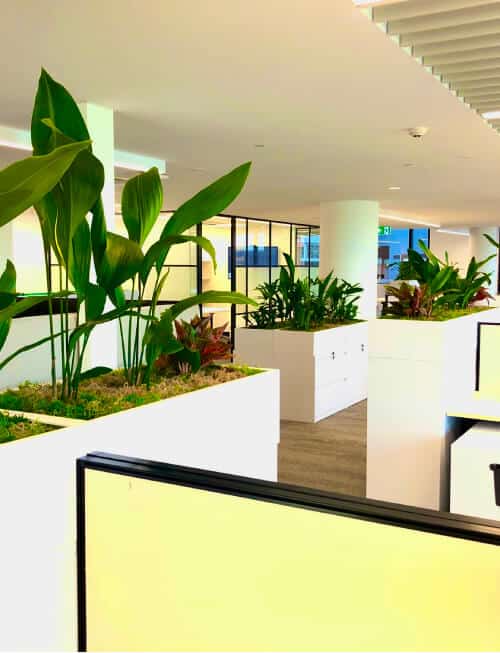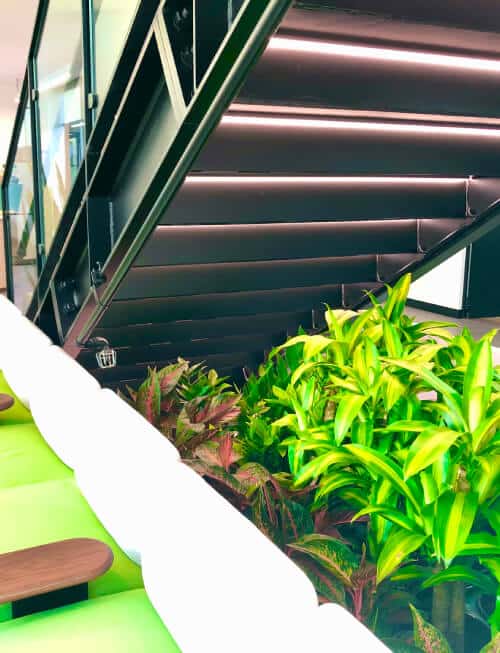Note: Before delving into this guide, it’s recommended to read “What is a Mulch Plate and Why is it Necessary?” for foundational knowledge.
Exploring Four Methods of Watering Plants in Custom Joinery
- Traditional Direct Planting
- Enhanced Direct Planting with Mona Tank
- Indirect Planting with Sub-Irrigation
- Indirect Planting with Sub-Irrigation and Wicking
Each approach has unique requirements and considerations.
Traditional Direct Planting
This method, a classic approach, involves placing soil in a container, adding a plant, and watering it. Watering can be mechanized using sprinklers or drip lines connected to a main water line, or done manually. Regular watering, possibly daily, is essential.
Requirements:
- Watertight Container
- Drainage points
- Mains water
- Timer (at a minimum)
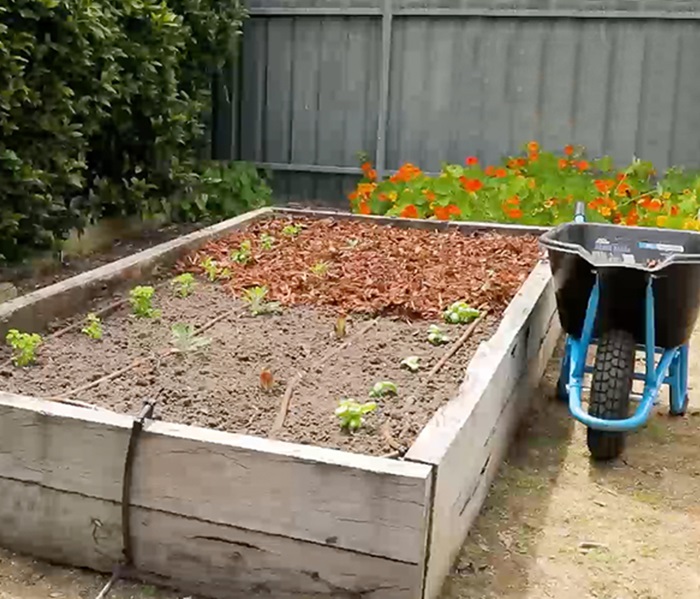
Advantages
- Easy to setup
- Easy to maintain
- Programable in sections
- Wireless Systems for remote access
- No physical labour required to water
- Limited skill required to maintain
Disadvantages
- Can be unsightly with tubes
- Need an overflow for water run off If using sprayers they can spray out of the planterbox
- Water is lost due to evaporation
- Water source is required
- Tubes can be a trip hazard
- Heavy
- A tendency for root rot
- Not recommended for indoors
- Waterproofing for indoors is essential
- Some skill is required to setup
- Can be expensive
- Can be time consuming 3 Different layers of grow medium required

Direct Planting Sub Irrigation
Sub-irrigation is a method where water is stored in a water reservoir in the soil and released gradually over time.
Requirements
- Watertight container
- Water reservoir

Advantages
- Easy to maintain
- Limited skill to maintain
- Works with all plants
- No mains water is required
- No drainage point is required when indoors
- Mixture of plants regardless of water requirements
- Excess room for plant growth
- Best System for large indoor and outdoor plants
- Great looking finish
Disadvantages
- Expensive setup
- Heavy Messy and time consuming plant swaps
- Chance for pest or mould growth in stagnant water
- Skill required in setup


Non Direct Planting with Sub Irrigation and Wicking
This technique involves a grow pot suspended above the waterline, with a wick drawing water from the reservoir as needed.
Requirements
- Watertight container

Advantages
- Open to most plants
- Quick and easy setup
- Quick and mess free replacements
- Above eye level no need to mulch finish
- Large water capacity
- Visual or water in reservoir
- Lightweight
- Water many plants at the same time
Disadvantages
- Must have watertight container
- Can be an expensive setup if using a mulch plate
- If using a variety of plants they need to be of the same water requirements
- Chance for pest or mould growth in stagnant water
- Skill and knowledge required to water correctly, with little margin for error


Non Direct Planting With Sub Irrigation and Wicking
This is where the plant is kept in a grow pot that is suspended above the waterline. A wick is used to draw water up from the reservoir as needed.
Requirements
- Watertight Container
- Mulch Plate or suspension method

Advantages
- Open to almost all plants
- Massive margin for error with watering
- Ability to use a variety of plants
- Large water reservoir
- Easy and clean replacements
- Great looking finish
- Lightweight
- Water Efficient
- Quick and low skill maintenance
Disadvantages
- Can be an expensive setup
- With a suspended system need to think about the weight
- Chance for pest or mould growth in stagnant water
- Need a watertight container
- Need a mulch finish


